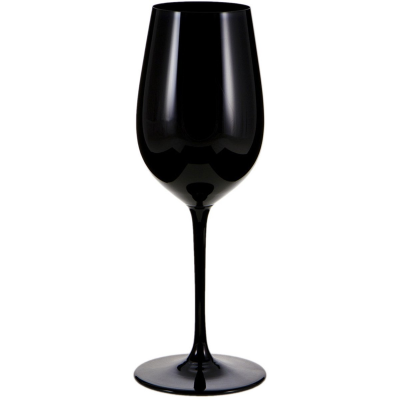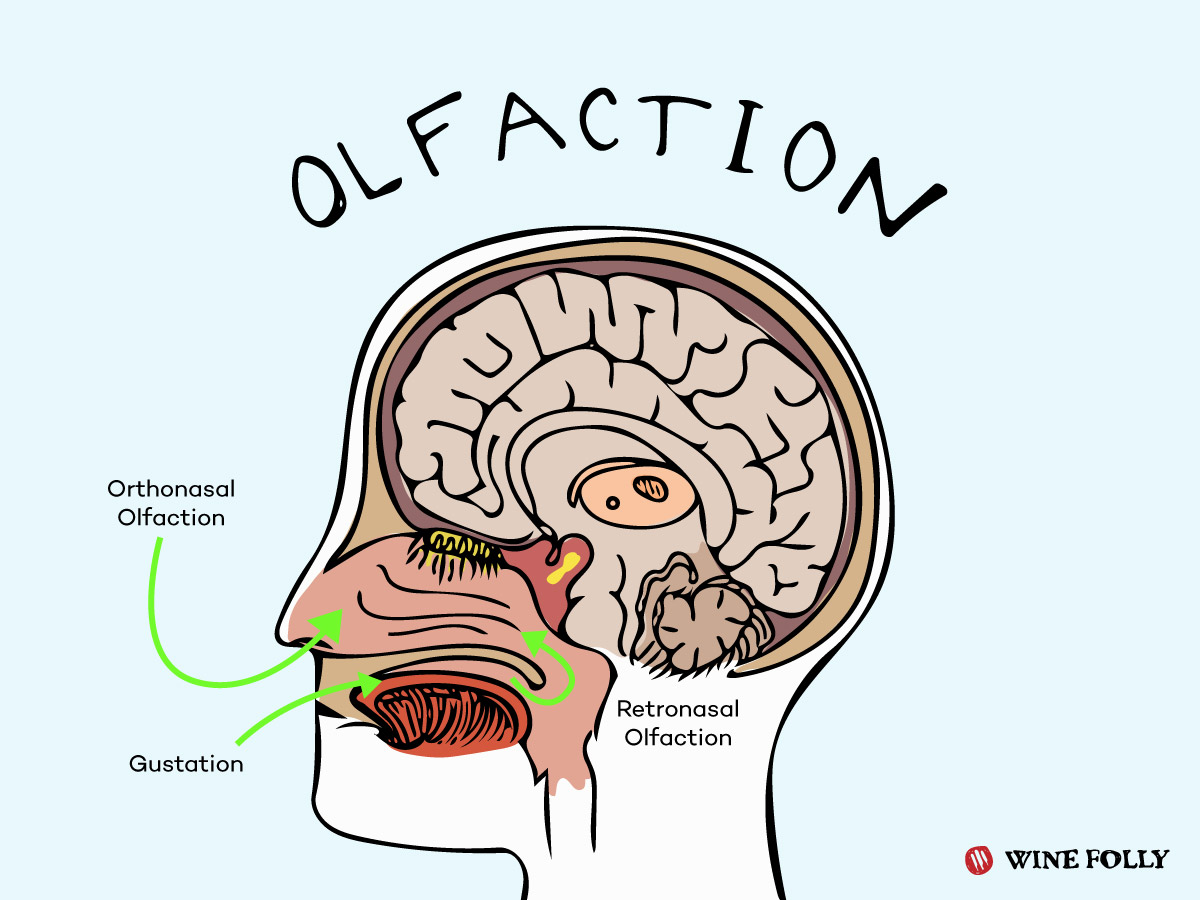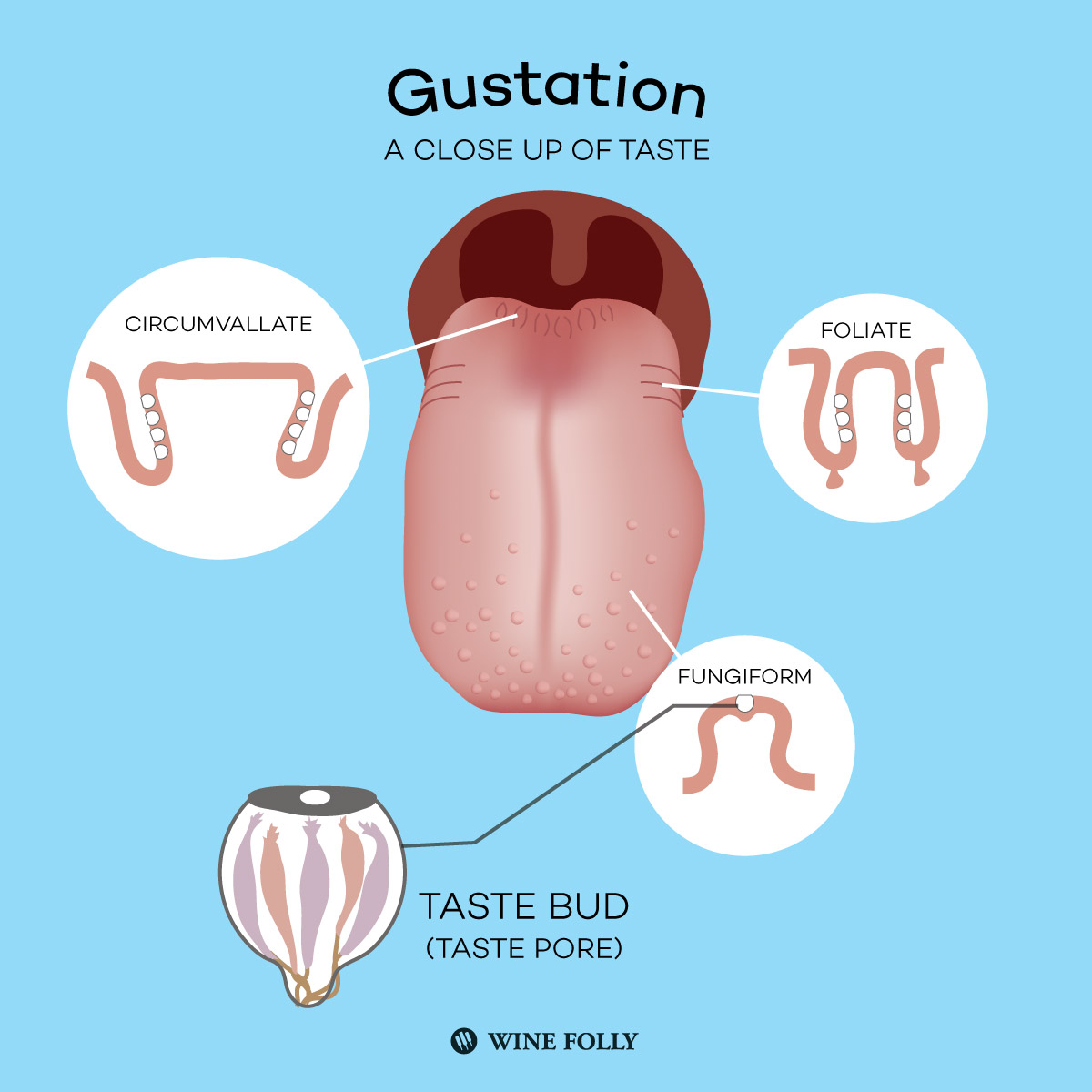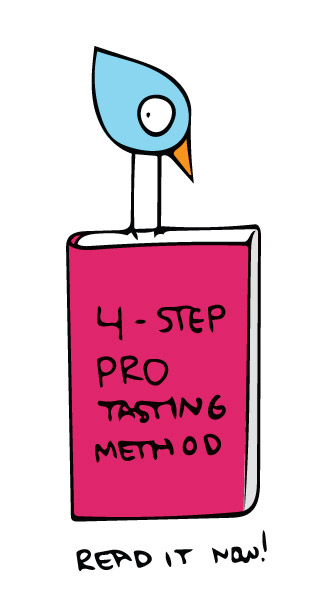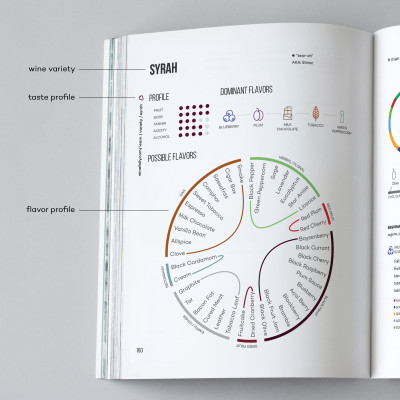A great explanation of how we humans taste and how to use this information to taste wine. Learn the reasoning behind why we taste wine the way we do. After seeing this great article by Lori from Dracaena Wines, we asked her to share it. Lori was an AP biology teacher who now owns a winery in Paso Robles. She writes to us offering deeper understanding of what taste really is. -Madeline
The Subtle Science of Wine Tasting
My undergrad and graduate degrees were in Biology and those many years as a microbiologist are engrained in me. Although I don’t deal with science on a day-to-day basis anymore (since I now teach Physical Education), I still love the topic. You can take the girl out of science but you can’t take the science out of the girl.
“to truly taste wine, you delve deep into science.”
Some believe that “tasting” involves three senses. If we are drinking wine just for the sake of enjoyment, then yes, the third sense of seeing is very much involved. But a true tasting should be done blind. It is important to taste this way since we subconsciously make decisions about wine by the way it looks!
In reality, a wine’s color is due to several factors, including skin contact time and the type of grape varietal the wine is made of. Past experiences may have taught us that whites are more pale yellow when young and turn darker amber as they age. We associate brickish brown red wines as old and deeper purple wines as young. By seeing the color we may make an unconscious predisposition towards that wine. A true blind tasting is done in black glasses or under red lights, and without seeing the bottles themselves (even the bottle shape is a tip off on to what the wine is!).
Thus, the two senses that are really involved (scientifically speaking) are smell and taste.
Smell
Aroma, or smell, is the most important sense when it comes to food, and therefore wine. There are actually two ways you smell your wine. Externally and internally. Pretty cool, right? The external sense is called orthonasal olfaction. This is what is being used when you place your nose in the glass. The second smell, known as retronasal olfaction is from inside the mouth (it translates to reverse smell). This is what gives you the perception of flavor. When you say you “taste” cherry in reality you are smelling cherry. We are not able to taste cherry. This is why we swoosh the wine around our mouth. It is not to “taste” the flavors but rather to “smell” the flavors as they enter our nasal passage.
Retronasal olfaction occurs when aromas travel up internal nares located inside your mouth to your nose. This mouthy-aroma action is what scientists refer to as flavor. By the way, this is why “pinching your nose” doesn’t really work. So, just to be clear, the term “gustation” is to describe taste as it pertains to the tongue whereas the term “flavor” refers to the smells being sensed by the internal nares that deliver the retronasal olfaction.
To make this distinction even more complicated than it needs to be many wine drinkers use two different terms for types of flavors and they aroma and bouquet. Aroma in wine, refers to flavors that come from the grape variety itself. Fruit, herbaceousness, and spice are examples of aroma. Bouquet in wine, refers to flavors that come from winemaking including fermentation, processing, and aging. An example of bouquet would be oak or yeast intensity. You don’t have to follow this term usage, but it’s good to be familiar with the lingo.
Taste
Taste, or gustation, is what occurs on the tongue. There are five primary tastes that we’ve identified and they are sweet, sour, bitter, salty and umami (umami is often described as “brothy” or “meaty.”). You should know that there are possibly several others currently under study including the somewhat addicting Fattiness and the unconscious-but-energizing maltodextrin. Beyond just taste, the texture of food/drink is also of major importance. Textures on the tongue fall under the classification of haptic senses (e.g. “touch”) and include spicy, menthol (or ‘coolness’), electric (lick a 9 volt battery), and calcium (the grit of raw spinach).
Taste is possible because we have taste buds on our tongue. Our taste buds sit on raised protrusions called papillae. Although there are four types of papillae, only three hold taste buds involved with gustation (btw gustation is just a fancy word for tasting). Remember when we were told different areas of the tongue could taste different things? Unfortunately, this theory has been proven wrong. It is now known that all taste buds are capable of tasting all fives tastes and sensing a great deal more!
On Tasting Wine
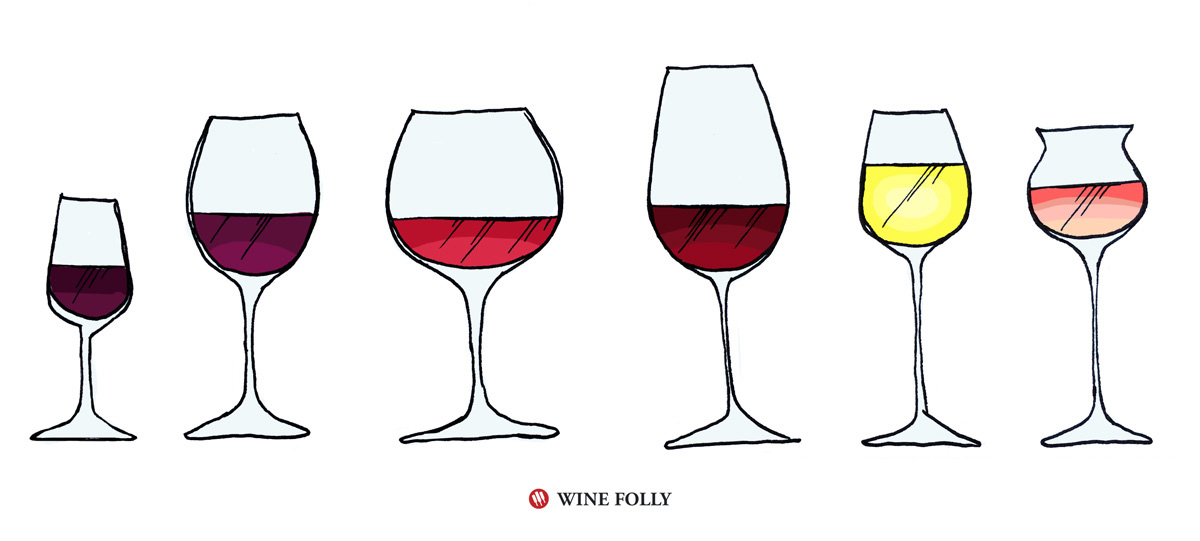
We focus several of these taste and haptic sensations when we drink wine and wine tasting is a great opportunity for you to work on isolating and differentiating what’s happening in your mouth.
- Sweet: Often sensed the most on the tip of the tongue at the initial taste and also on the after taste as a subtle mouth-coating sensation in the middle back of your tongue/mouth
- Sour: Will make your mouth produce saliva and cause your cheeks to stick slightly to your tongue
- Salty: Often described as sensed towards the front and middle of your tongue (even though you taste it in all areas) it’s comes on with a heavy, almost mineral grit and leaves you feeling thirsty for another sip!
- Umami: This taste is arresting and meaty that coats the inside of your palate.
Bitter: It’s important to make a mental distinction between bitterness and astringency. Spirulina and kale juice are bitter, licking a piece of chalk is astringent. - Astringent: A perfect example of astringency is the feeling you get when you put a wet, used teabag on your tongue. Your tongue will stick to the top and sides of your mouth because the tannins scrape the proteins off your tongue and leave it feeling dry.
- Prickly: This sensation is associated with high acidity wines that tingle on your tongue (particularly notable on the tip of your tongue) for some time after you’ve swallowed.
- Oily: A sensation of smoothness that feels like the wine fills in all the cracks and crevices on your tongue. Many experts believe this is from the high glycerin levels in some wines, but there has not been proof of this yet.
Initially, it may be tough to recognize and describe aromas and bouquets in wine. No one is the same in how they experience taste! What someone thinks is cherry, may not be what you perceive as cherry. Also, it might not be the flavor you taste the most of! Our tolerances for taste vary person to person. Some people enjoy sour (think sourpatch kids) while others think it’s too strong. One of the biggest difference between tasters is tolerance to bitterness. This is why there is no right or wrong answer when discovering your own taste.
These are wonderful qualities about wine tasting. Although the experience is unique to every individual, wine doesn’t care about your gender, age (although we care that you’re of age!), status, or any other so called qualifier in life… Anyone can sit down and enjoy a glass of wine. I’d like to recommend you do that now, if you aren’t already doing it. So tell me, what’s in your glass?
~Sláinte!
Explore the taxonomy of wine
Explore the book that combines sleek data visualization with wine grape varieties, regional maps, fundamental wine traits, and professional techniques. You will enjoy all it has to offer.
Wine Folly: The Essential Guide to Wine
Sources
Want to go pro with your knowledge of wine tasting? Check out Wine Tasting: A Professional Handbook on Google books
A great article about the new concepts coming out about taste from NY Times Blog
Look at some official terms about taste on this quizlet
